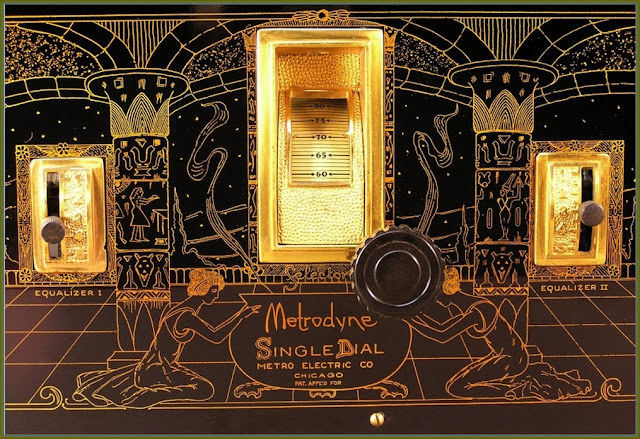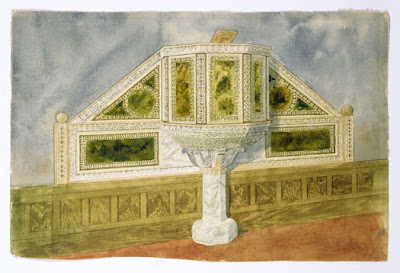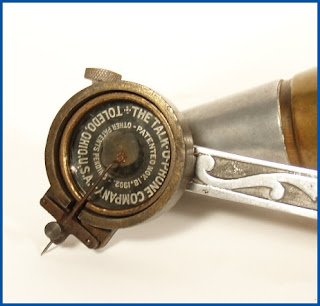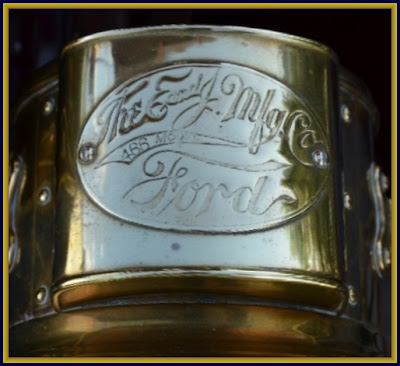

 'Here is a stunning vintage Metrodyne Super-Seven tube radio manufactured in 1926 by the Metro Electric Company of Chicago, IL. This is the highly sought after Egyptian Revival model with a decorated Bakelite front panel and 24 karat gold-plated metal escutcheons. The radio features single-dial ganged tuning with four variable capacitors, and four green basket-weave coils. The radio is completely original and in unrestored condition.This is a battery-operated set which requires a 5, 45, 135, and -6 volt battery. Due to the need for batteries and the "bad" tubes, this radio was not able to be tested. Overall the radio measures approximately 27" x 9" x 10". It has an original late 1926 price of $75 which would be approximately the value of a $950 component today.
'Here is a stunning vintage Metrodyne Super-Seven tube radio manufactured in 1926 by the Metro Electric Company of Chicago, IL. This is the highly sought after Egyptian Revival model with a decorated Bakelite front panel and 24 karat gold-plated metal escutcheons. The radio features single-dial ganged tuning with four variable capacitors, and four green basket-weave coils. The radio is completely original and in unrestored condition.This is a battery-operated set which requires a 5, 45, 135, and -6 volt battery. Due to the need for batteries and the "bad" tubes, this radio was not able to be tested. Overall the radio measures approximately 27" x 9" x 10". It has an original late 1926 price of $75 which would be approximately the value of a $950 component today.The overall condition of the radio is excellent. The cabinet is made of wood and it is original with no structural damage and the finish is original with no flaws outside of standard wear to include corner, edge, and light surface wear. The front panel is exquisite with a mirror-like shine and the Egyptian design displays practically no wear or loss of color. The metal components display all of their 24 karat gold plating with no loss that I see, and all of the dials and equalizers function and are original. The chassis appears to be all original. The four tuning capacitors appear to be in good condition with no cracks or deterioration. One of the audio transformer ID tags has a crack in the middle, and there is light surface rust on a few of the metal components.This is by far, one of the most exquisite radios that I have ever seen up for auction, and it would make a showpiece for any radio collector !'



































